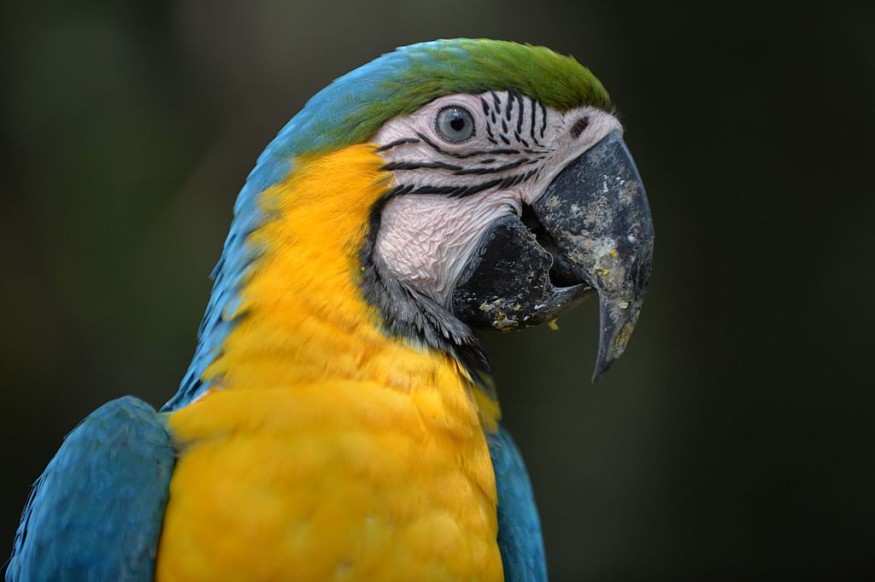Wildlife smuggling is rampant worldwide, and it is characterized by the unauthorized transfer of an exotic animal from one location to the other, but mostly between two or more countries.
Government by international laws and respective border authorities have their own measures in dealing with this crime.
However, recent anecdotal evidence and empirical research suggest that Norway allegedly practices the killing of smuggled wildlife after confiscating them.
Regardless, the potential issue is within a larger context of international laws that govern either the moral or legal legitimacy of handling wildlife trafficking.
Systematic Euthanasia

According to the non-profit and independent online publication UNDARK, the Norwegian government has been killing confiscated smuggled wildlife animals through the so-called process of systematic euthanasia.
The organization claims that in 2010, a traveler by name of Bjorn Avik traveled from Sweden and was carrying alcohol, tobacco, and 14 African gray parrots.
However, Bjorn was not caught by Swedish customs as he did not declare his items.
Upon entry to Norway, its border customs inspected Bjorn's vehicle after its plate has been registered by a camera detector at the border.
The local authorities confiscated the traveler's items, including the wildlife birds, claiming they have no permit from the Norwegian Environment Agency.
Bjorn was convicted of attempted smuggling of endangered species and was sentenced to 30 days in prison with two years of probation.
The said traveler was reportedly "expecting" the authorities would transfer the confiscated birds to a zoo.
Instead, a veterinarian killed the parrots purportedly under the direction of the Norwegian Environment Agency, said UNDARK.
Weighing in Legality and Morality
In a book about wildlife trafficking published by Routledge in September 2020, the author Ragnhild Aslaug Sollund from the University of Oslo highlights the empirical research from Norway and Colombia regarding the dangers of illegal trade of wildlife and the existing measures against them.
In the past 15 years, the research claimed that the Norwegian government has seized smuggled animals at least 30 times.
A number of instances showed that some of these wildlife animals were killed, as cited by UNDARK.
These activities have raised questions about a country's handling of animal trafficking, which led to Norway and Colombia being the subject of such scrutiny in the book.
CITES Multinational Agreement
In Norway, the Norwegian Environment Agency is responsible for overseeing and implementing the Convention on International Trade in Endangered Species of Wild Fauna and Flora (CITES).
It is a multinational agreement that aims to protect both wild animals and plants.
Under CITES, countries are required to send back confiscated animals to the exporting country or to a government-recognized rescue center or other facilities that the respective government deems credible.
First enforced in 1975, the agreement came into effect as a result of its first adoption in 1963 by members of the International Union for Conservation of Nature in Geneva, Switzerland.
The main proposition of the multilateral treaty is for governments worldwide to regulate or ban international trade for species under threat, as per the World Wildlife Fund.
Although the general provisions of the agreement are clear, there are no specific guidelines on how each country will interpret and enforce its own measures against wildlife trafficking.
© 2025 NatureWorldNews.com All rights reserved. Do not reproduce without permission.





